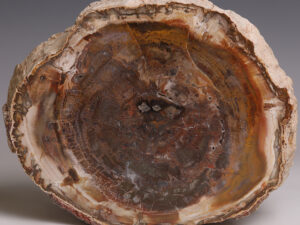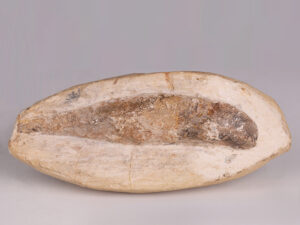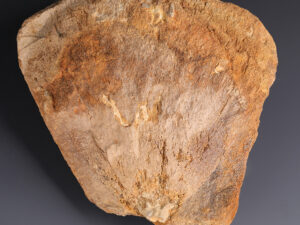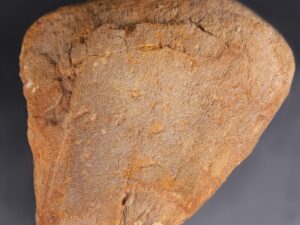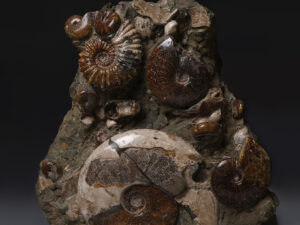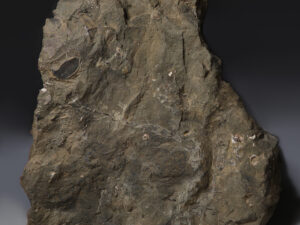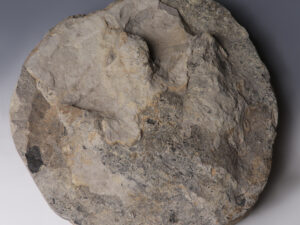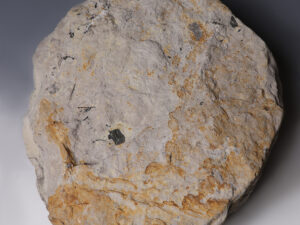Petrified wood comes from many different geological eras. In theory, a tree can turn to stone in century or less, however these samples will not have the required hardness that you’ll find in older samples of petrified wood- they can be easily destroyed with slight pressure. The majority of petrified wood we have today is much older, most often coming from the Permian Age (c. 285 – 250 million years ago) and the Carboniferous Age (360-299 million years ago) – both of which fall within the Paleozoic Era.
In order to become ‘petrified’, the original tree would had to have been buried deep enough to fully decay, while also being deprived of oxygen. The plant material would become filled with mineral rich groundwater, which would eventually harden into the sedimentary rock as seen in this fine example. In essence, the inorganic materials we see here (namely different forms of silica, like Quartz, and impurities like iron oxide) would take over the tree’s original organic structure, building an exact rock copy.




